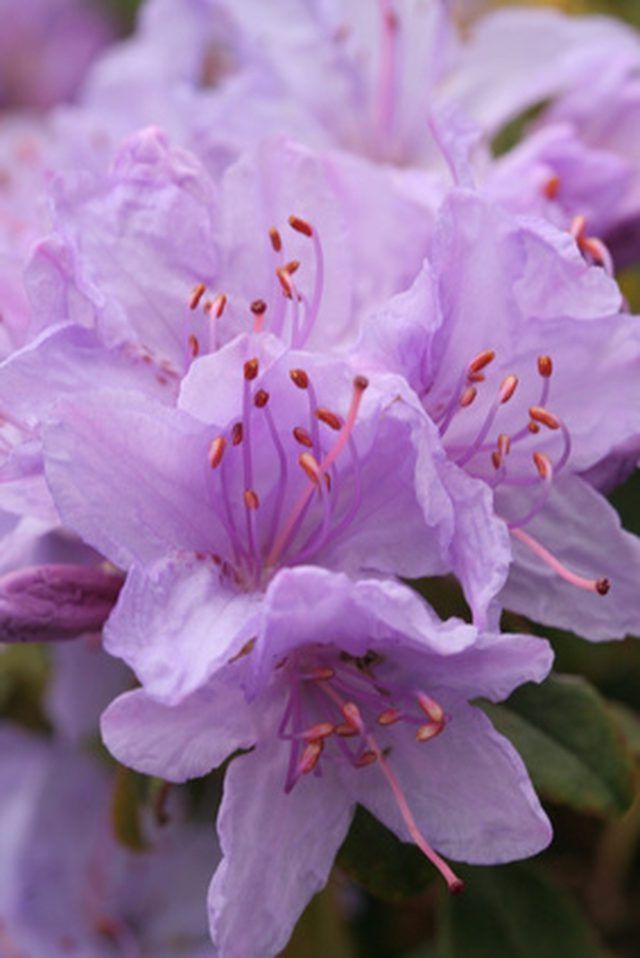Bulbs
Flower Basics
Flower Beds & Specialty Gardens
Flower Garden
Garden Furniture
Garden Gnomes
Garden Seeds
Garden Sheds
Garden Statues
Garden Tools & Supplies
Gardening Basics
Green & Organic
Groundcovers & Vines
Growing Annuals
Growing Basil
Growing Beans
Growing Berries
Growing Blueberries
Growing Cactus
Growing Corn
Growing Cotton
Growing Edibles
Growing Flowers
Growing Garlic
Growing Grapes
Growing Grass
Growing Herbs
Growing Jasmine
Growing Mint
Growing Mushrooms
Orchids
Growing Peanuts
Growing Perennials
Growing Plants
Growing Rosemary
Growing Roses
Growing Strawberries
Growing Sunflowers
Growing Thyme
Growing Tomatoes
Growing Tulips
Growing Vegetables
Herb Basics
Herb Garden
Indoor Growing
Landscaping Basics
Landscaping Patios
Landscaping Plants
Landscaping Shrubs
Landscaping Trees
Landscaping Walks & Pathways
Lawn Basics
Lawn Maintenance
Lawn Mowers
Lawn Ornaments
Lawn Planting
Lawn Tools
Outdoor Growing
Overall Landscape Planning
Pests, Weeds & Problems
Plant Basics
Rock Garden
Rose Garden
Shrubs
Soil
Specialty Gardens
Trees
Vegetable Garden
Yard Maintenance
Azalea Plant Fungus
Azalea Plant Fungus. Healthy azaleas add vibrant color to any landscape. Because these plants are highly susceptible to fungal infections, prevention is the key to maintaining their beautiful blooms. Once infection has set in, fungicides may be used to cure or suppress some of the fungal diseases.

Healthy azaleas add vibrant color to any landscape. Because these plants are highly susceptible to fungal infections, prevention is the key to maintaining their beautiful blooms. Once infection has set in, fungicides may be used to cure or suppress some of the fungal diseases.
Phytophthora Root Rot
Phytophthora root rot fungus thrives in poorly drained soil. Symptoms include yellowing leaves, smaller new growth and early leaf drop. Roots become brittle and turn a reddish-brown color. As more of the roots become infected, the plant withers and dies. Fungicides do not cure the disease; they only suppress it. Prevent this fungus by selecting disease-resistant azaleas and planting them in well-drained beds. The symptoms of phytophthora root rot may be confused with those of soil iron deficiency.
Leaf Gall
Leaf gall is not seriously damaging to the azalea. Infected leaves emerging in April and May become thickened; they also curl and turn pale green, almost white, in color. As the infection spreads, a white powdery coating covers the galls. If caught early, the thickened curling leaves can be removed by hand. Fungicide is usually unnecessary, since plant damage is mild.
Petal Blight
Petal blight fungus only affects the blossoms on the azalea plant. Tiny white spots appear on colored petals, and rust-colored spots appear on white petals. As the infection progresses, the spot size grows, and the petals become slimy. Cool, wet weather during flowering season increases the chance of petal blight. Pick off and destroy infected flowers and apply a fungicide such as Benomyl when the flower buds begin to open. Future treatments every five days during the blooming period may be needed.
Twig Blight
Well-established azaleas are more susceptible to twig blight. Aggravated by environmental stresses such as drought or excessive heat, the infection causes twigs to wilt and leads to early leaf drop on infected branches. Fungicides are not effective in controlling twig blight. Instead, prune the diseased branches several inches below the discoloration. Disinfect the shears with alcohol between each cut to avoid spreading the fungus to healthy portions of the plant.
Powdery Mildew
More unsightly than damaging, powdery mildew appears in the fall months. A white powder-like coating covers the leaves and causes premature leaf drop. A fungicide like Bayleton may be used if the leaf drop becomes serious. Usually two to three applications are required.
Leaf Rust
Leaf rust fungus appears in mid-summer, causing yellow spots on the tops of the leaves. Rust-colored spots on the leaf bottoms produce orange-colored spores. As the infection progresses, serious leaf drop will occur. Wet leaves increase the chances for continued infection through the late summer and early fall. Prevent the fungus from overwintering by clearing away dead leaves around the flower beds. Hemlock trees can also be infected by leaf rust fungus, causing the azaleas to be reinfected each year.